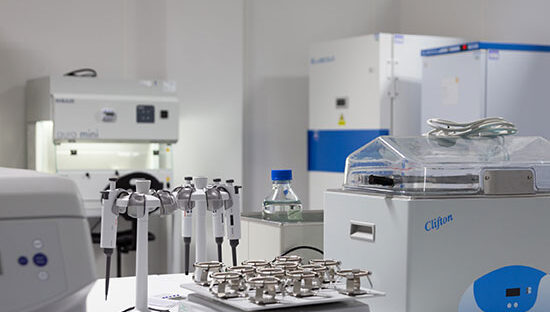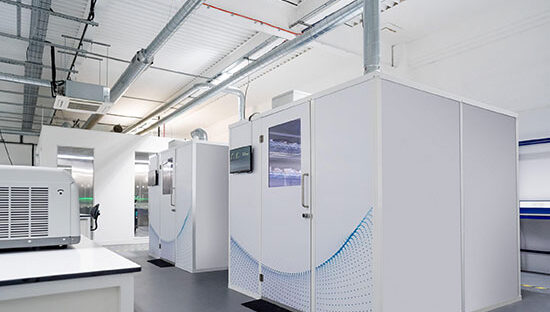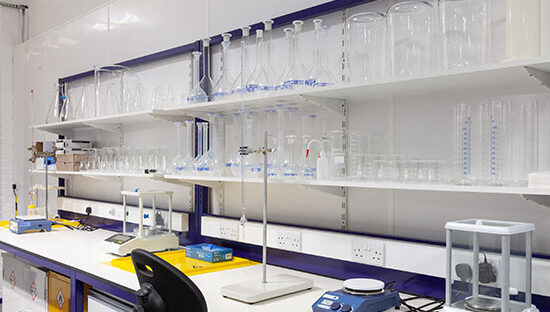Although Hydrogen Peroxide Vapour (HPV) is not harmful to the environment, it could be dangerous to life or health in humans at certain levels. In that case, Hydrogen Peroxide Gas Detectors are necessary to ensure that the levels of this chemical are safe following HPV room decontamination services.
Manufacturers recommend calibrating the gas sensor every 6 months to ensure the accuracy of the readings.
At Test Labs, we offer a state-of-the-art calibration service, so you can ensure that your Gas Detectors are always calibrated to a high level of accuracy. The calibration is performed to ISO 9001:2015 within our UKAS accredited laboratory (22215). The process is based on actual concentration of hydrogen peroxide in saturated vapour at a constant temperature and the gas sensor is calibrated to 1 ppm as opposed to the current 10-12 ppm calibration provided by other available services.
The service is current available for the ATi 00-1042 0-100 ppm hydrogen peroxide gas detectors.
Test Labs offer extremely fast turnaround time, with an average service time of just 1 week.
1. Test Labs calibrated detectors/cells produces more accurate hydrogen peroxide reading at low level, because cells are calibrated at 1ppm hydrogen peroxide gas.
-You need accurate results at the levels of concern i.e. 1ppm – Other calibration houses would calibrate cells at 10-12ppm which may not be the level you are measuring e.g. when re-entering the room post hydrogen peroxide disinfection process. Calibration at 12ppm leads to less accurate reading at low level.
2. Test Labs calibrated cells produces more reliable reading, because our hydrogen peroxide reference gas is verified before and after calibration process.
-You want to calibrate your cell with the gas you will measure in real life – Other calibration houses use surrogate gas and extrapolate what the results for the actual gas would be, this significantly reduces the reliability of the reading.
3. Test Labs calibrated cells produces less variable readings, meaning that detectors/cells would provide extremely close reading for the same environment.
-Both 1&2 combined will provide you with detectors/ cells that will read very close results when placed in the same environment. Other calibration houses cells will sometime read double the value for the same environment i.e. one cell would read 1ppm and other 2ppm.






